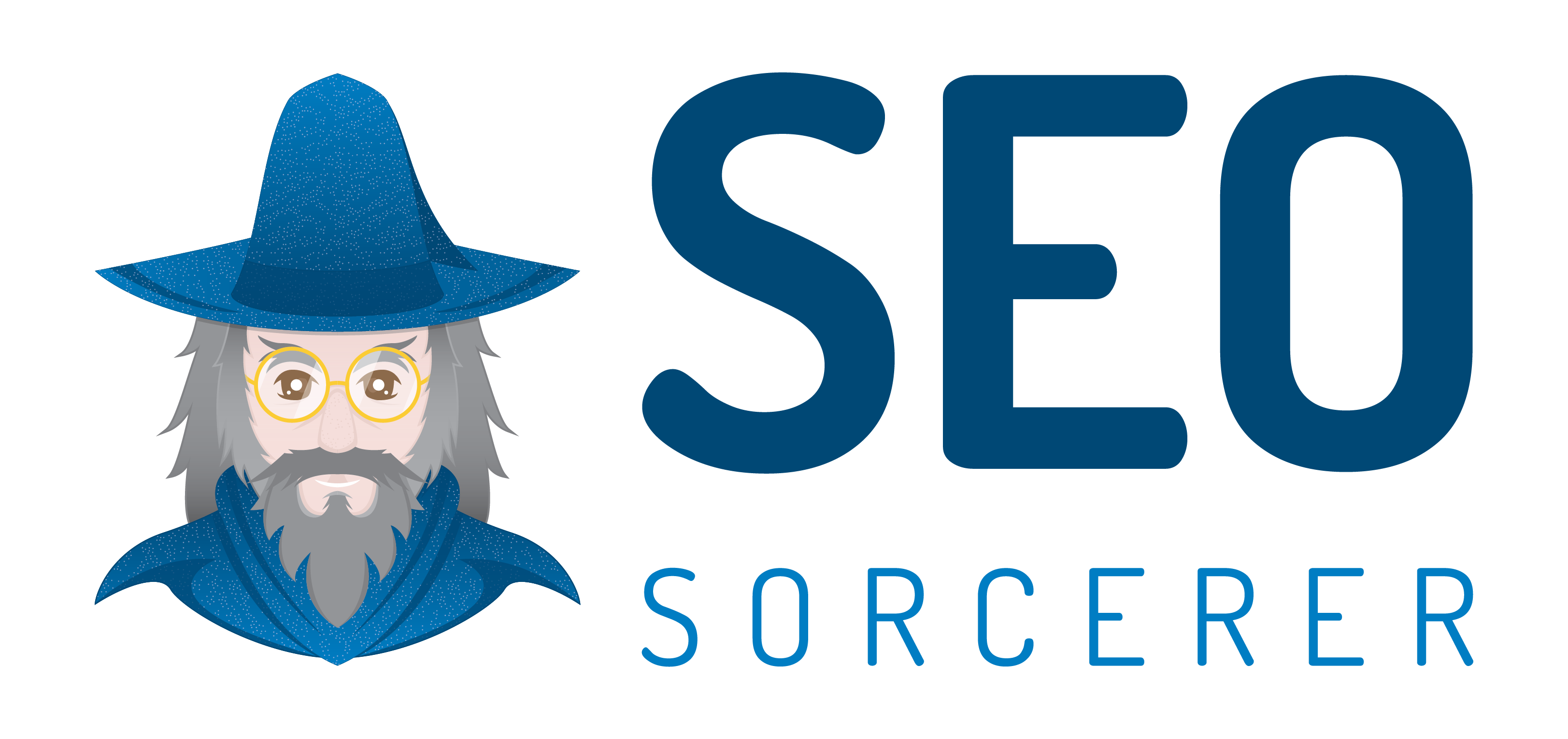Managing tags efficiently in ConvertKit can drastically simplify the way one handles subscribers. They streamline the process by grouping subscribers based on actions, interests, or stages in the sales funnel.
Table of Contents
However, to maintain a clean and effective email list, sometimes it is necessary to delete tags that no longer serve a purpose.
Eliminating unused or redundant tags in ConvertKit not only tidies up the user interface but also ensures the accuracy of campaigns and automations. This process makes it easier for users to navigate their subscribers and target their communication effectively.
The action of deleting a tag in Convertkit is a simple procedure that involves just a few clicks. Users must accurately select the obsolete tag and confirm its deletion, after ensuring that it is not assigned to any subscribers.
This quick maintenance task helps in keeping the tag list relevant, allowing for a better-organized subscriber system.
Managing Tags and Subscribers

Effectively handling tags is crucial for maintaining an organized email list in ConvertKit and fostering subscriber engagement.
Creating and Renaming Tags
To create a tag, a user navigates to the Subscribers tab, selects + Create a Tag in the Tags section, and enters the desired tag name.
To rename an existing tag, they simply click Edit next to the tag to update the name.
This process is integral for segmenting and managing subscribers efficiently.
Segmenting Subscribers With Tags
Tags enable users to segment their subscribers based on specific criteria, such as engagement or content interest.
They can apply tags to subscribers manually or through automations triggered by subscriber actions.
Segmentation using tags helps in tailoring email campaigns to different groups for better relevance.
Deleting Tags and Removing Subscribers
When a user needs to delete a tag, they find it under the Tags section, click Edit, and select the Delete option.
To remove a tag from multiple subscribers, they check the boxes next to the desired subscribers, choose Bulk Actions, and then Remove Tags.
Deleting tags should be done with consideration to maintain the integrity of the segmentation.
Advanced Tagging Strategies
Advanced tagging in ConvertKit is essential for those who want to refine their email marketing strategies further. It allows marketers to target their audiences more effectively and streamline communication.
Integration and Automation
In ConvertKit, integrating multiple tools and setting up automation is key for a successful business.
Users can connect their account to a myriad of services, such as Facebook groups or shopping cart software, to trigger specific tags.
This system enables them to create sequences that automatically send targeted newsletters upon a subscriber’s specific action.
For instance, automation rules can add a tag when a user joins a particular Facebook group, enabling personalized email campaigns.
Improving Engagement and Tracking
Engagement is the cornerstone of any successful email marketing effort. With ConvertKit, you can monitor which subscribers are most engaged.
One way to do this is by applying tags based on email interactions. For instance, you might tag those who frequently open newsletters or click on links.
After that, you can create a custom sequence for these highly engaged subscribers. You can also use a workaround to exclude them from a general welcome sequence. This ensures that content remains relevant and appreciated.
Such strategies are not just good practice; they’re fundamental for maintaining a dynamic and responsive email list.

